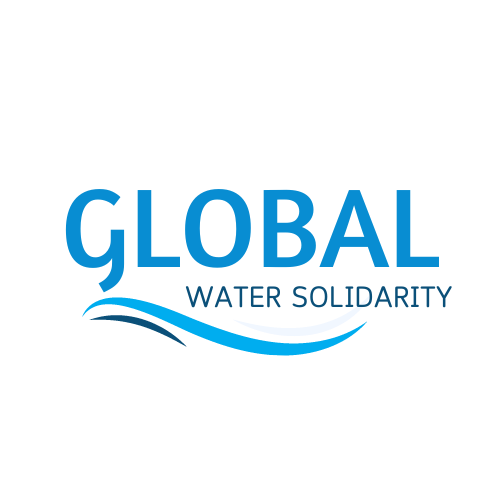Water is a foundational element of life, indispensable for human survival and wellbeing. As the world’s population continues to grow, and climate change augments the volatility of water supply, the challenges surrounding water management grow more intricate. One critical aspect of this predicament is Transboundary Water Management. This term refers to the cooperative management of water resources shared by two or more countries.
The demand and competition for these resources often result in conflicts, making transboundary water management a critical area of focus in international policy and cooperation. Managing these shared water resources effectively means ensuring the water needs of all adjacent nations met sustainably, equitably, and peacefully.
Understanding Transboundary Water Bodies
Transboundary waters encompass rivers, aquifers, and lake basins whose geographical body stretches across boundaries of multiple countries. As per the United Nations, 263 international rivers traverse the territories of 145 countries, with almost 60% of global freshwater flow sourced from these transboundary rivers[^1^]. Additionally, there exist nearly 600 transboundary aquifers shared by two or more countries[^2^].
From the Nile River shared by 11 nations in Africa to the Danube River that flows through ten European countries, transboundary water bodies are vital lifelines for billions worldwide. They offer an array of resources from fresh water to food and transport, and are often rich centres of biodiversity.
The Challenges of Transboundary Water Management
The geographical overlap of these waters invariably creates scope for conflicts and disputes between neighboring nations. Larger, upstream nations have the chance to exploit these resources to the detriment of downstream countries. Moreover, the harmful effects of water pollution transcend borders, affecting source quality and the ecosystems that rely on it.
Climate change adds another layer of complexity. Rising temperatures affect the water cycle, augmenting rainfall variability, increasing evaporation rates, and causing more frequent and severe droughts and floods. Through these impacts, climate change destabilizes the predictability and availability of water in transboundary water bodies, escalating tensions over allocation and usage.
The Need for Cooperation
Resolving these challenges requires concerted efforts from all nations sharing transboundary waters. Cooperation is a must for successful water management policies. Through mutual collaboration, countries can develop equitable water sharing agreements, implement joint efforts to mitigate pollution and better adapt to climate-related changes.
Strategic transboundary water cooperation can foster regional stability, peace, and sustainable development. It offers a platform for broader discussions on interconnected issues such as energy generation, food security, and climate adaptation.
Moreover, it could contribute towards achieving the Sustainable Development Goals (SDGs), primarily SDG 6, which aims to ‘ensure availability and sustainable management of water and sanitation for all'[^3^].
Moving Forward: Guidelines for Transboundary Water Cooperation
Managing transboundary waters in a way that benefits all countries involved is a complex but feasible task. Here are some guidelines:
-
Establish Clear Legal and Institutional Frameworks: Implementing reliable regulatory measures and transboundary governing bodies can strengthen cooperation, ensuring all stakeholders have a say in decision-making processes.
-
Promote Data Sharing: Comprehensive and regular sharing of hydrological, meteorological, and water quality data amongst countries fosters transparency and trust. It also facilitates informed decision-making.
-
Develop Joint Adaptation Strategies: In the wake of climate change, countries should work together to formulate and implement climate-resilient strategies. These strategies can enhance the adaptive capacity of the shared water system to climatic extremes.
-
Encourage Stakeholder Participation: Ensuring active participation from all stakeholders, including local communities and indigenous people, can lead to more sustainable and equitable water management actions.
Through these progressive steps, and with continued local and international efforts, we can move towards cooperative transboundary water management. Such cooperation will serve our shared future, ensuring the sustained availability of water for all and promoting global peace and stability.
By taking up the shared responsibility of managing shared waters sustainively, we have an opportunity to ensure a more equitable, sustainable, and resilient future for all nations involved and generations to come. Transboundary water management is, thus, pivotal in our quest for global water security.
[^1^]: United Nations Water. (2020). Transboundary Waters. https://www.unwater.org/water-facts/transboundary-waters/
[^2^]: World Bank Group. (2017). Groundswell: Preparing for Internal Climate Migration. https://www.worldbank.org/en/news/infographic/2018/03/19/groundswell—preparing-for-internal-climate-migration
[^3^]: United Nations Sustainable Development. (2015). Sustainable Development Goals: Goal 6. https://www.un.org/sustainabledevelopment/water-and-sanitation/

